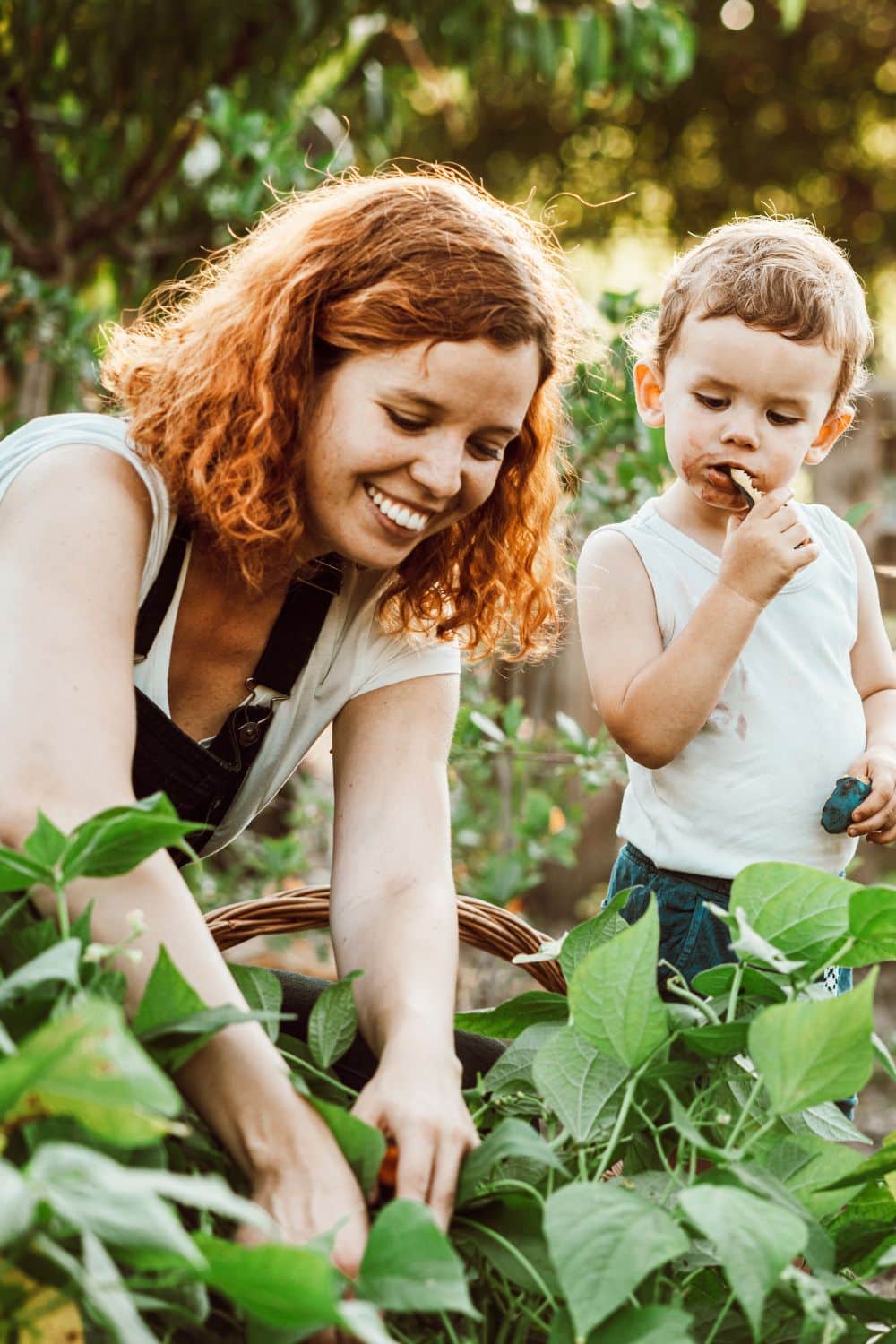Ready to start a Family Friendly garden? Check out these tips for a Family-Friendly Gardening Engaging Kids In Sustainable Practices
Family-Friendly Gardening: Engaging Kids In Sustainable Practices
Imagine transforming your garden into a lively, green sanctuary, sparking your children’s imagination. Family gardening is more than just growing plants; it’s a journey towards loving nature, understanding the environment, and embedding sustainable habits early on. Gardening with your family is a chance to connect and impart essential life skills.
Discovering different plants and learning about biodiversity transforms your garden into a lively classroom. This guide aims to show you how to make gardening with your kids not only enjoyable but also educational and eco-friendly. Here, you’ll find useful advice and creative strategies to make this shared activity both fun and enlightening for everyone.
Beginning With Ease: Container Gardening Wonders
Start the gardening journey with something simple, like container gardening. It’s easy, flexible, and works in any space. Take the daisy freestanding planter as a starting point—it’s the perfect size for young green thumbs and ideal for growing a variety of plants, from eye-catching flowers to herbs with captivating aromas.
When kids pick their plants, they learn responsibility and get excited about the process. The daisy planter can accommodate their choices, whether bright flowers or vegetables. Watching their plants grow teaches them about care and patience and introduces them to sustainable ideas like using organic soil and making compost.
Composting: A Fun Learning Tool
Composting is a cornerstone of eco-friendly gardening. It’s a great way to teach your kids about nature’s cycles and the importance of recycling. Start with a simple compost bin, and let your kids help by adding kitchen leftovers and garden waste.
Explain how composting works and the role of microorganisms in breaking down organic material. This hands-on learning experience is both fun and educational, showing the benefits of compost to the garden.
Attracting Wildlife: Creating A Habitat Garden
Creating a habitat garden is a splendid way to attract beneficial wildlife and teach children about ecosystems. Select plants native to your area, as they tend to draw local birds, butterflies, and beneficial insects. Engage your children in discussions about biodiversity and the roles different creatures play in maintaining a healthy garden.
Add features like bird feeders, birdbaths, and insect hotels to entice wildlife. Involve your children in crafting these elements, making it both a fun and inventive project. Watching wildlife visit your garden can be a thrilling experience, igniting their curiosity and love for nature.
Educate your children on the ecological balance and the contributions of each creature. For example, discuss the importance of bees as pollinators and birds in pest control. This comprehensive approach to gardening promotes an understanding of ecological interdependence and the value of creating a welcoming space for all creatures.
- Saving Water: Smart Gardening Practices
Water conservation is crucial in eco-friendly gardening. Teach your kids why saving water is essential and how to do it. For instance, using rain barrels to collect rainwater for the garden explains the benefits of using untreated water.
Mulching is another excellent technique. Show your kids how to mulch plants to keep the soil moist, reducing watering needs and controlling weeds naturally. Checking the soil before watering teaches them to use water wisely.
Seasonal Gardening: Year-Round Learning
Gardening is an activity that spans all seasons, each offering unique learning experiences. During spring, involve your children in seed planting and bed preparation, discussing plant life cycles and growth conditions.
Summer focuses on maintenance and observation. Guide your children through processes like weeding, watering, and eco-friendly pest control. Utilize this period to monitor plant development, delve into topics like pollination, and perhaps enjoy the fruits of your collective labor.
Fall is ideal for harvesting and winter preparations. Encourage your children to collect seeds for the following year, engage in pruning, and protect beds for the colder months. This season teaches them about natural cycles and readies them for the dormant winter, a time for planning the following year’s garden.
Garden Crafts: Enhancing Creativity Through Nature
Gardening transcends planting and nurturing growth; it’s also an avenue for artistic expression. Inspire your children to participate in garden-related crafts, such as painting stones for plant identification, crafting wind chimes from natural materials, or constructing fairy gardens. These activities stimulate imagination and add a personal flair to your garden.
Encourage the use of natural items found in the garden for their crafts. This practice not only provides a unique artistic medium but also teaches responsible utilization of nature’s resources.
Showcasing their crafts in the garden instills a sense of pride and ownership in children. It transforms the garden into a reflection of their creativity and hard work, enhancing the overall gardening experience.
Conclusion
Engaging your kids in gardening is a rewarding journey that combines fun, learning, and eco-consciousness. From container gardening to crafting, each activity nurtures their appreciation for nature and sustainable living. The goal is not just to grow plants but to cultivate curious, environmentally aware young minds.

Leave A Reply!